Naming America's Own Genocide
The Nation

Between 1846 and 1873, California's Indian population plunged by some 80 percent. The book painstakingly recapitulates the systematic homicidal culling of the state's native American tribes . While not the final word on the ubiquity of the term genocide worldwide, it establishes that murder was the preferred and accepted method of social control for white settlers, gold miners. state militias and federal policy makers. The long-term consequences were staggering.

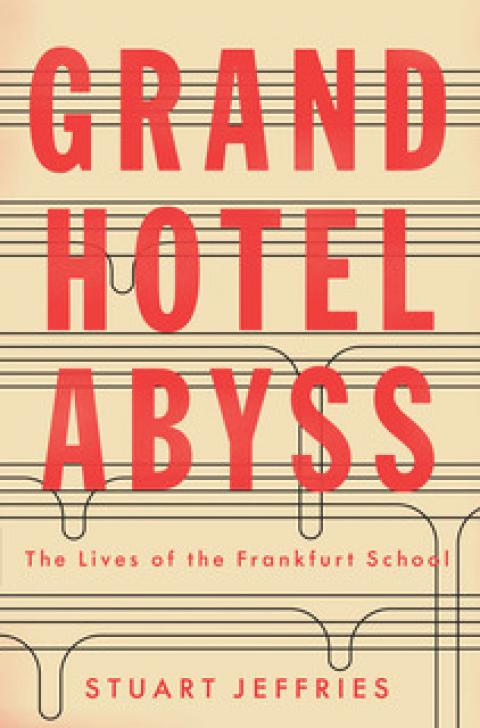
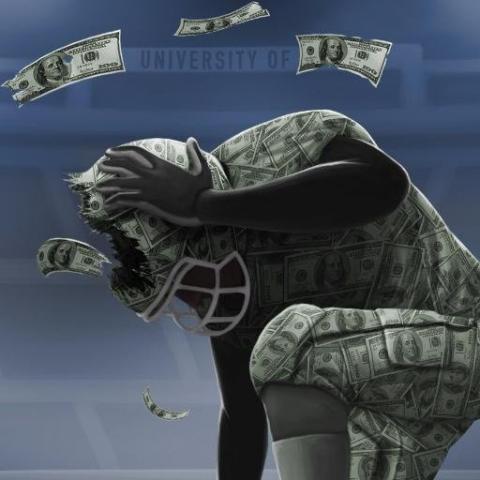

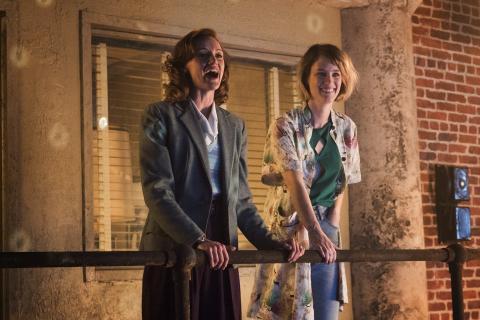
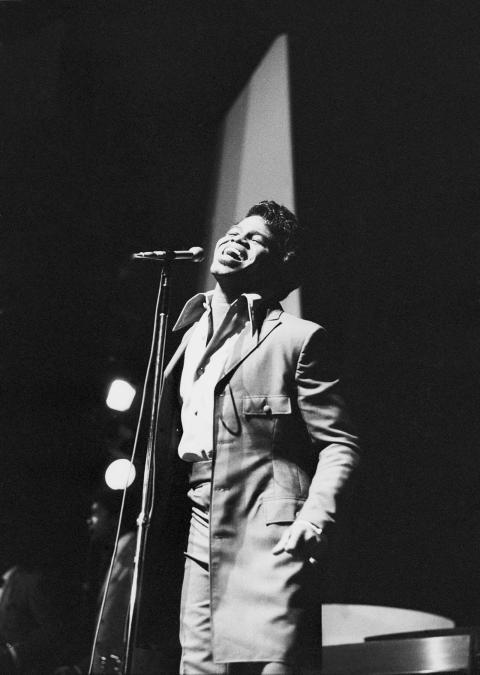
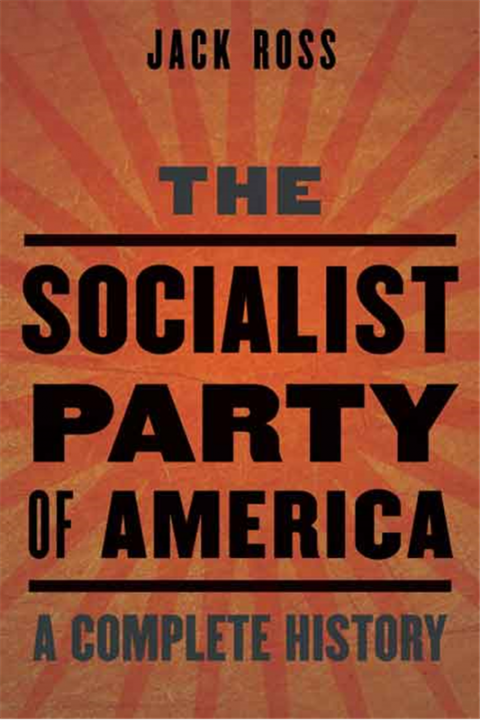

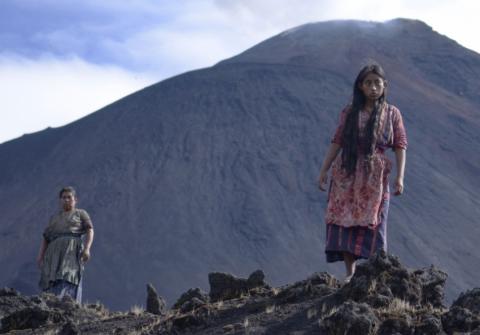
Spread the word